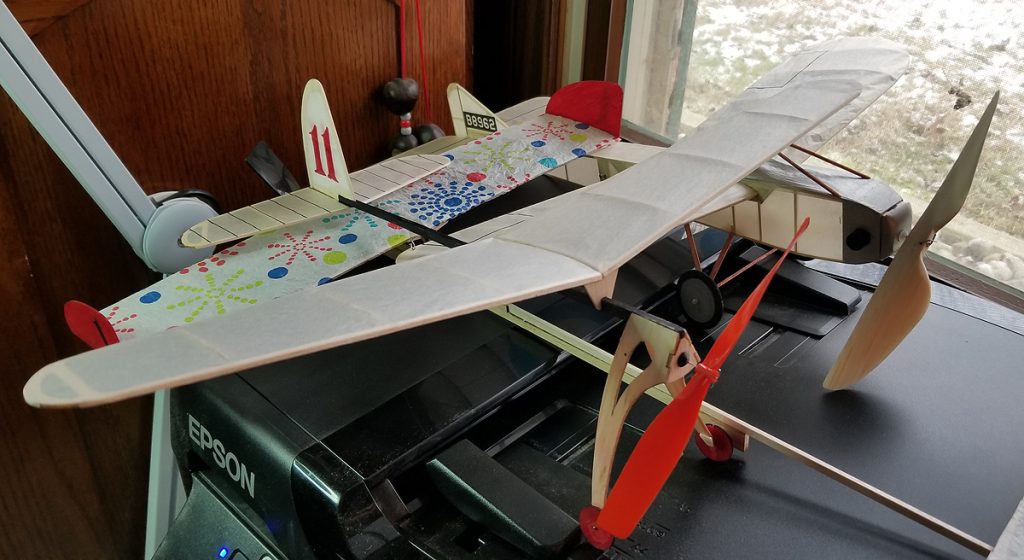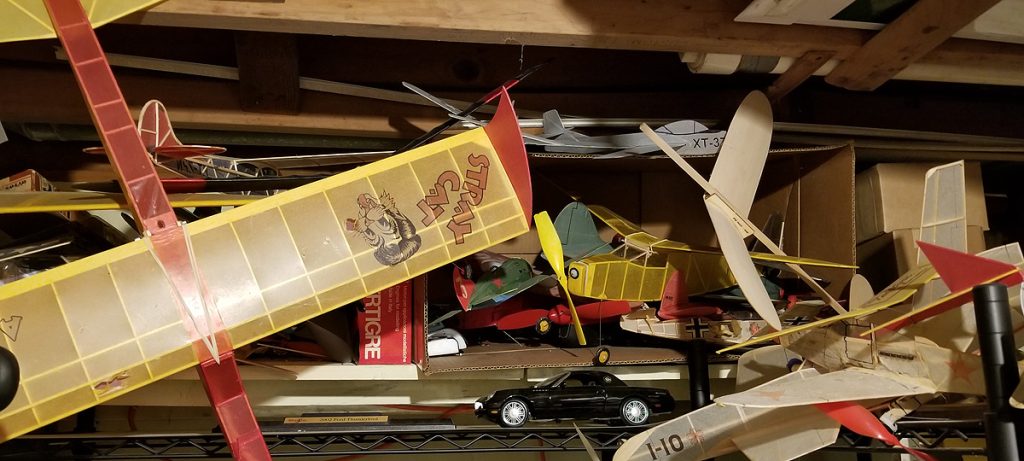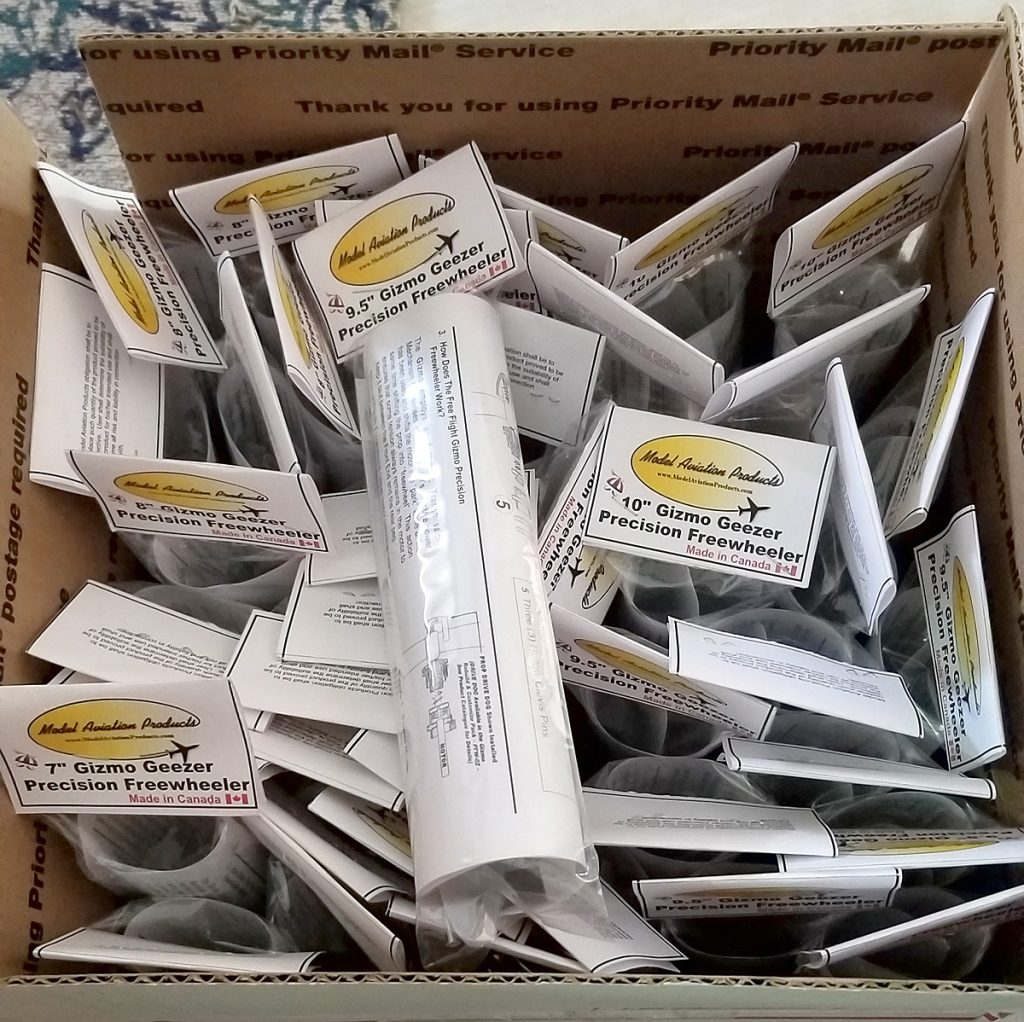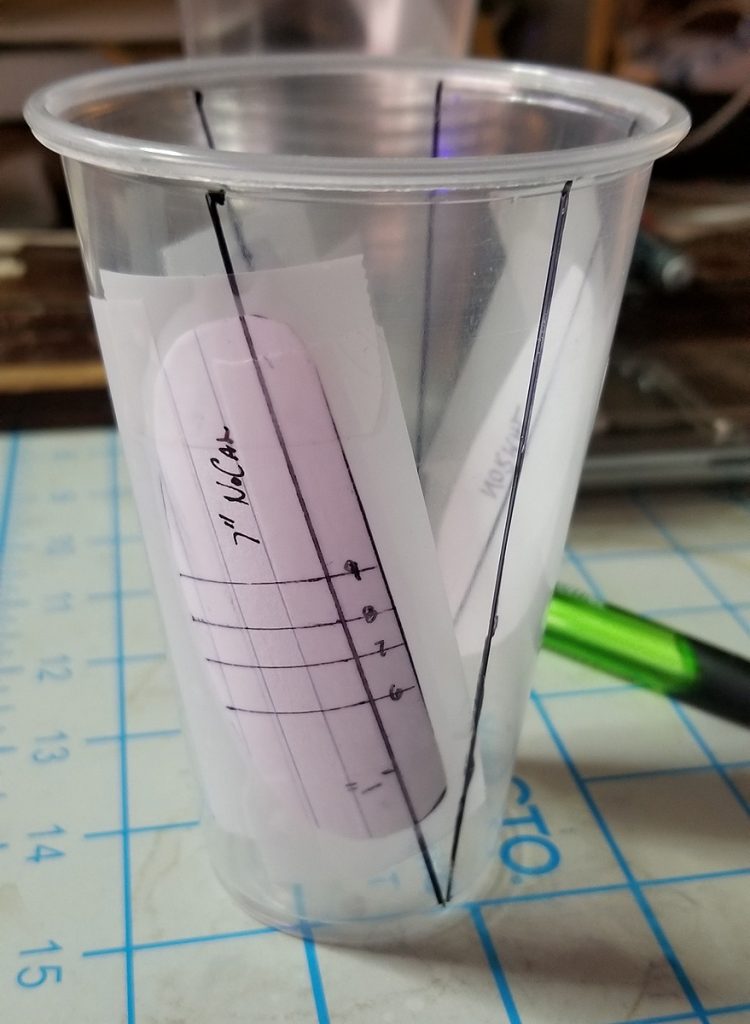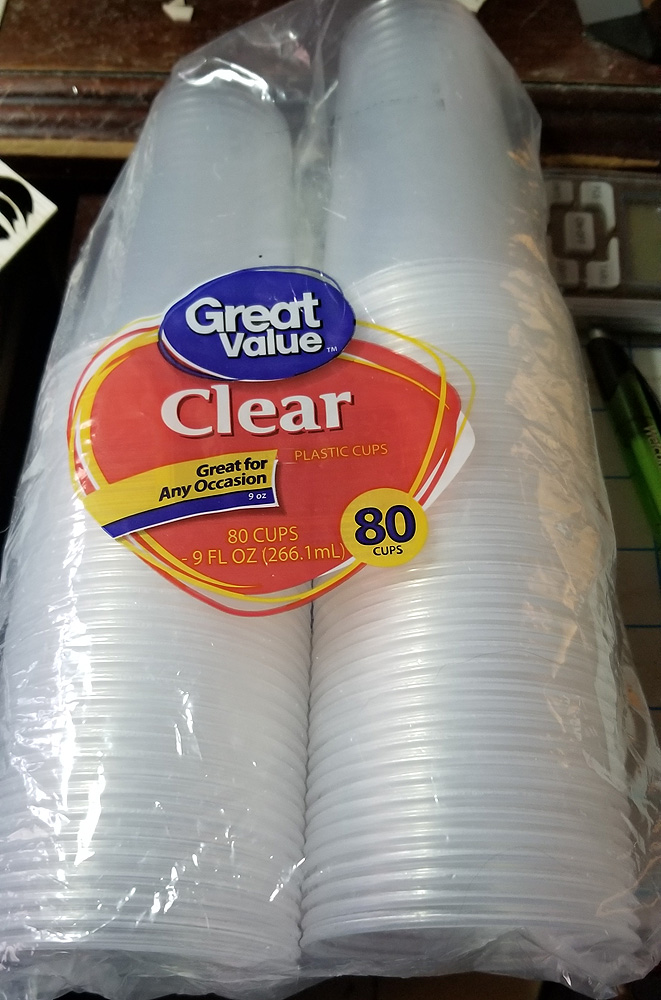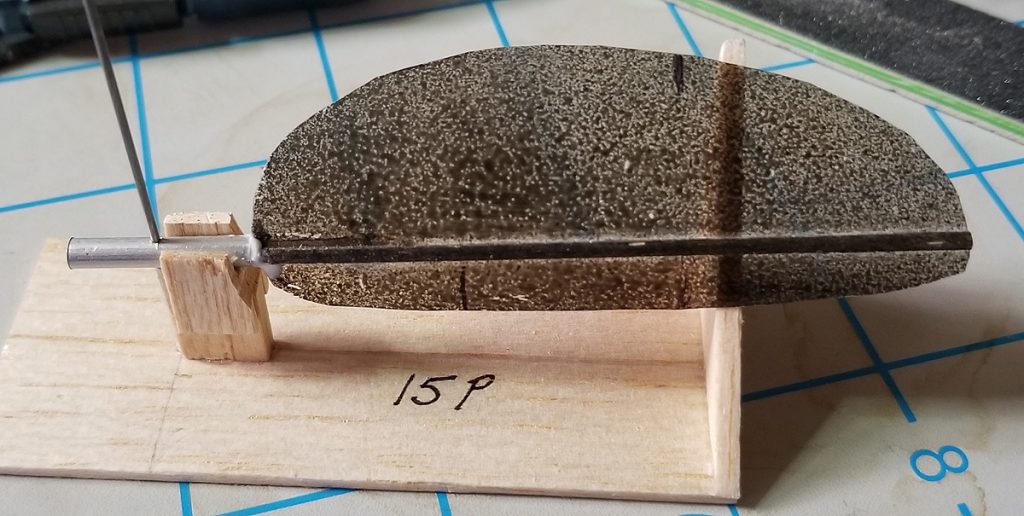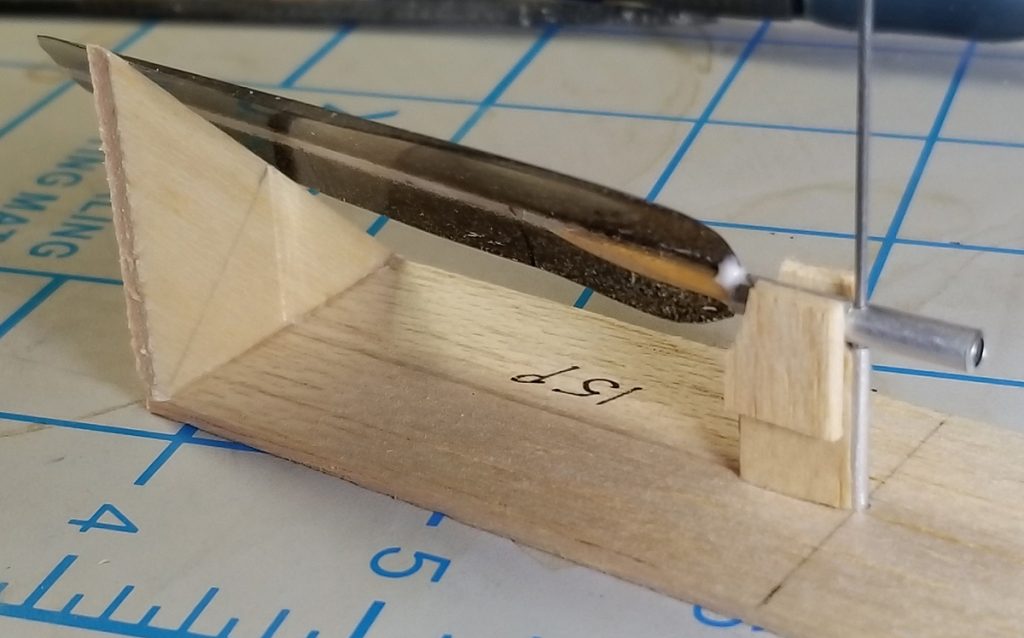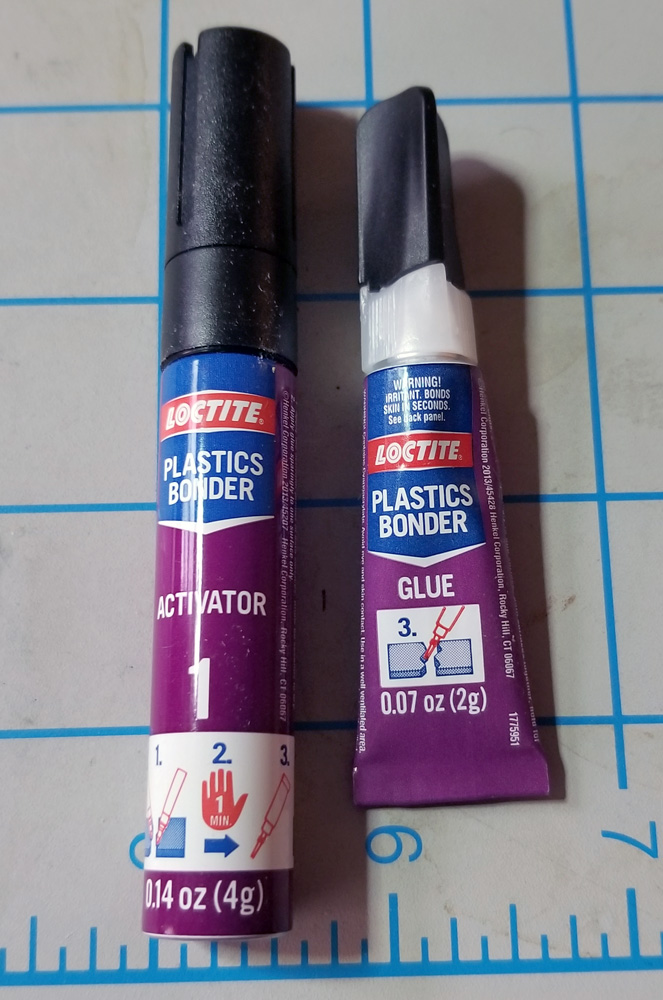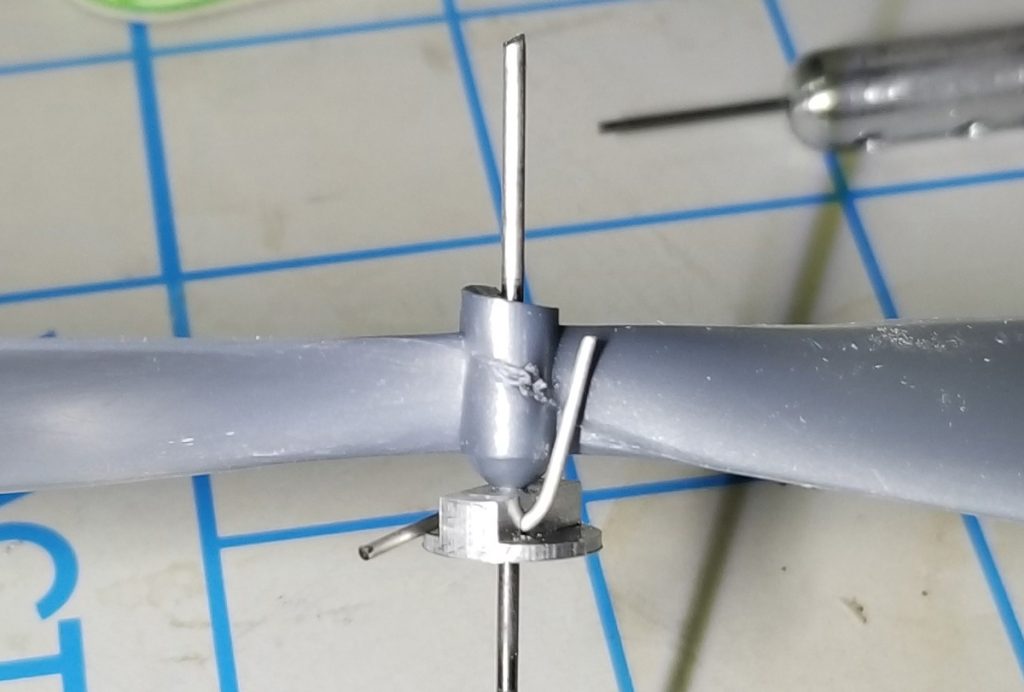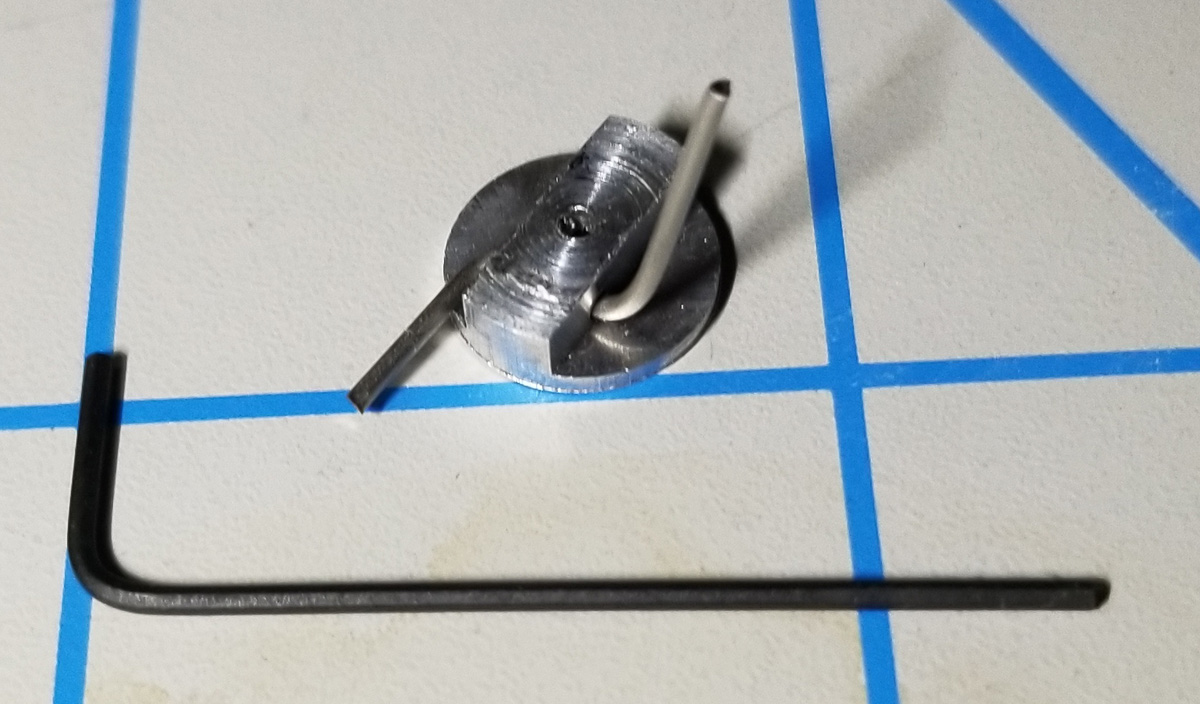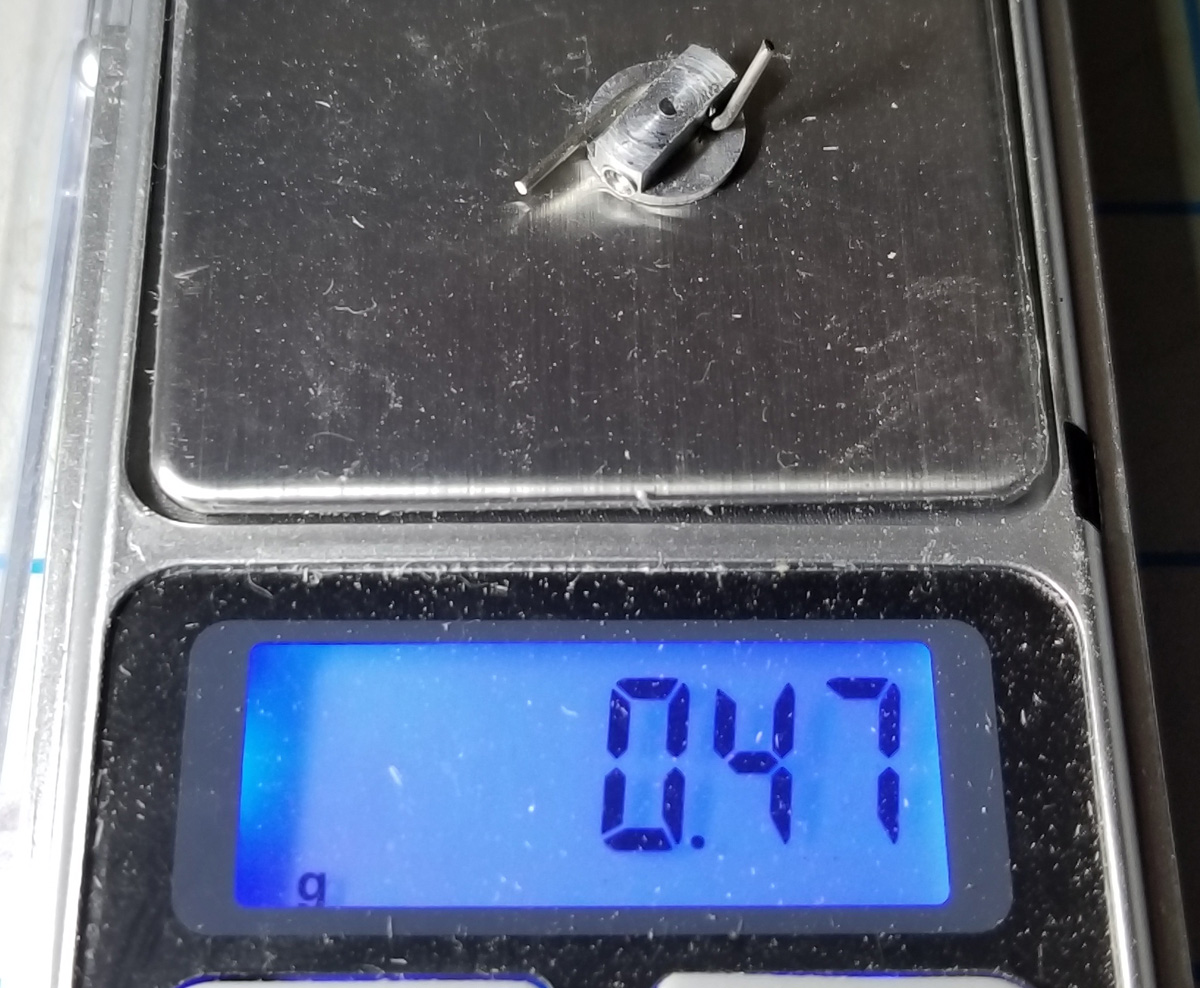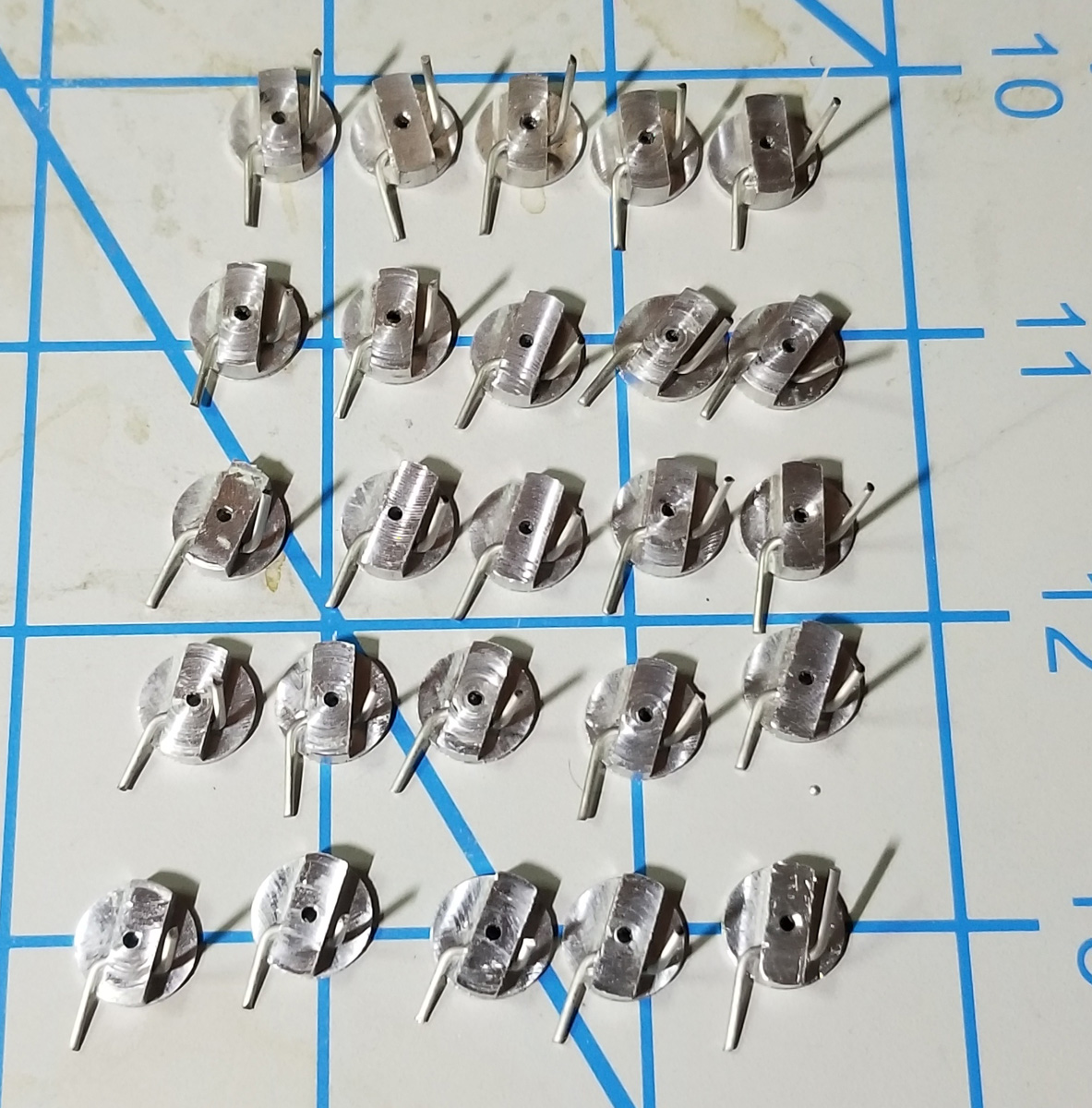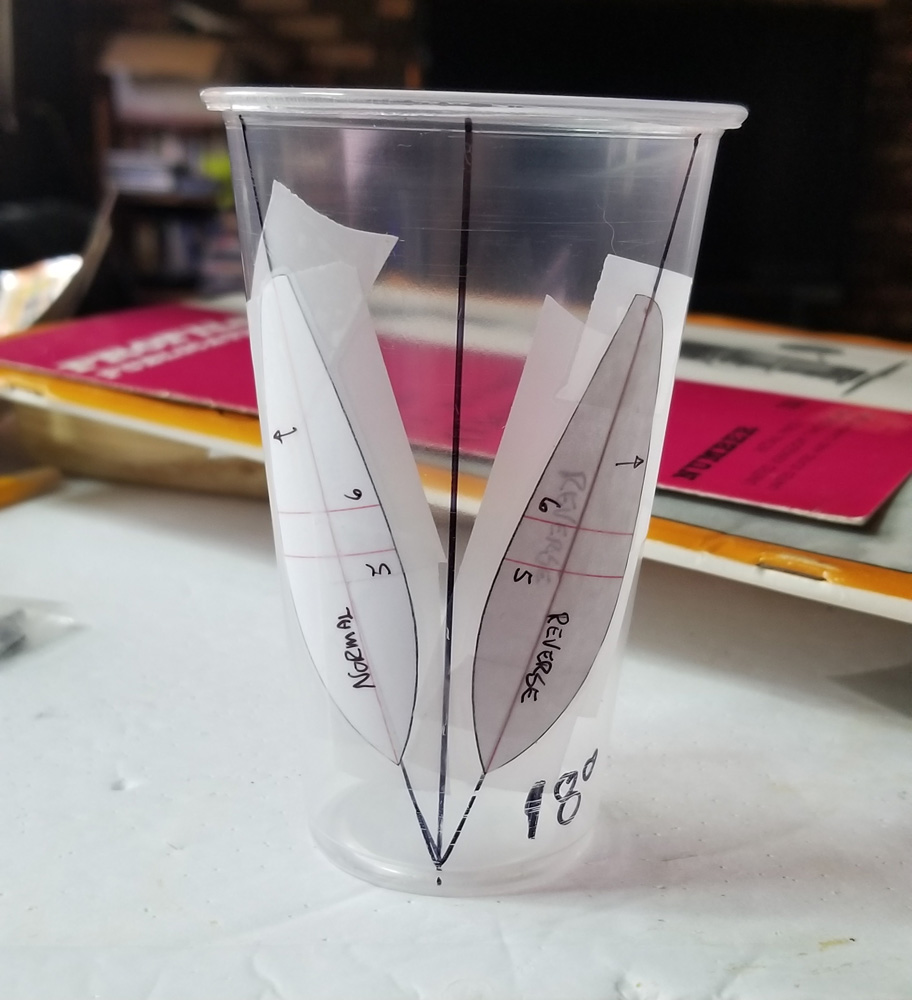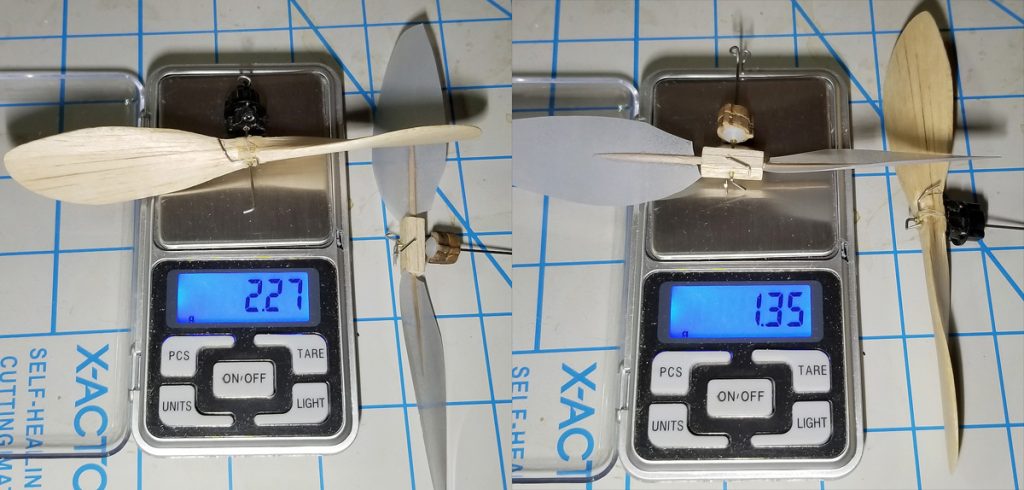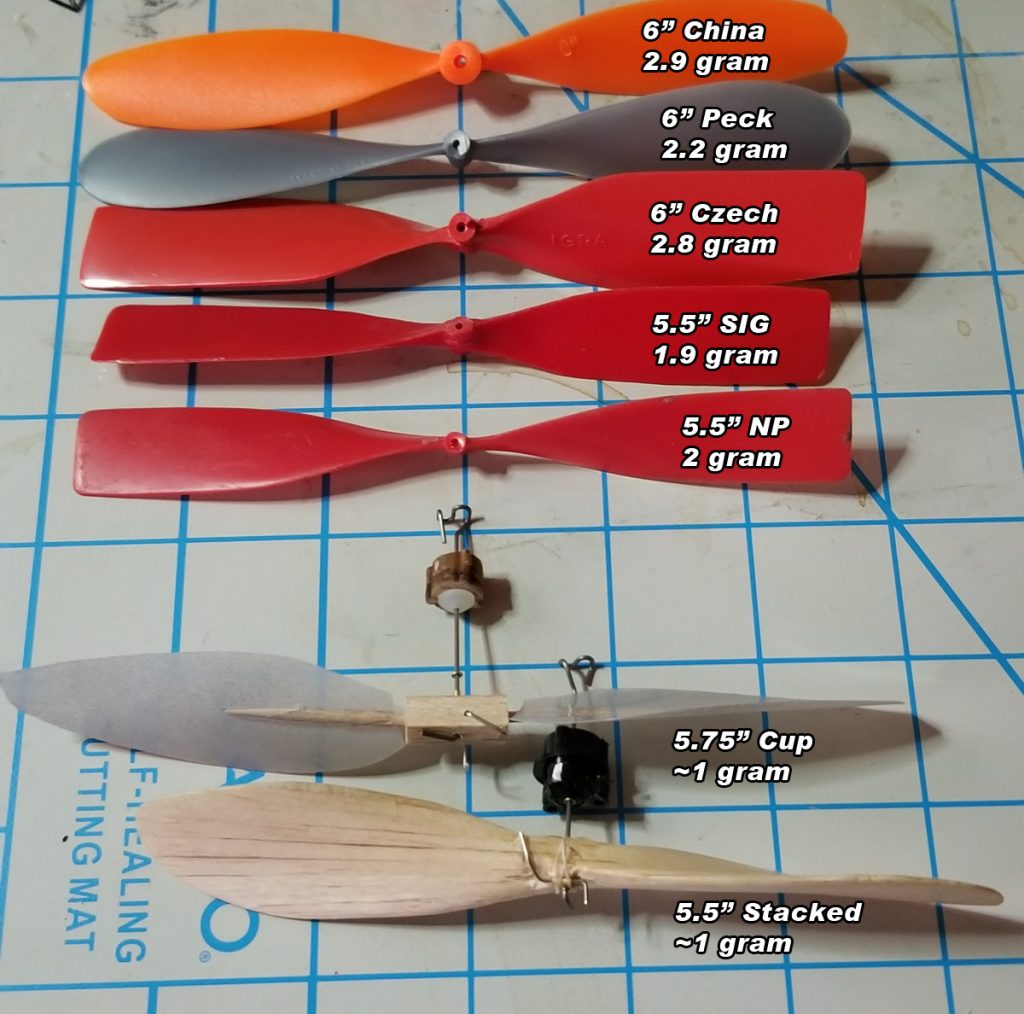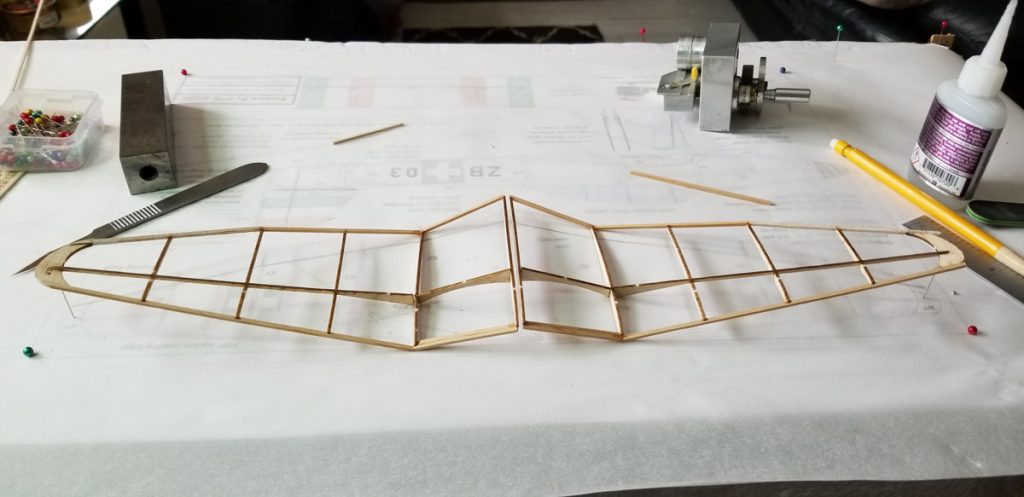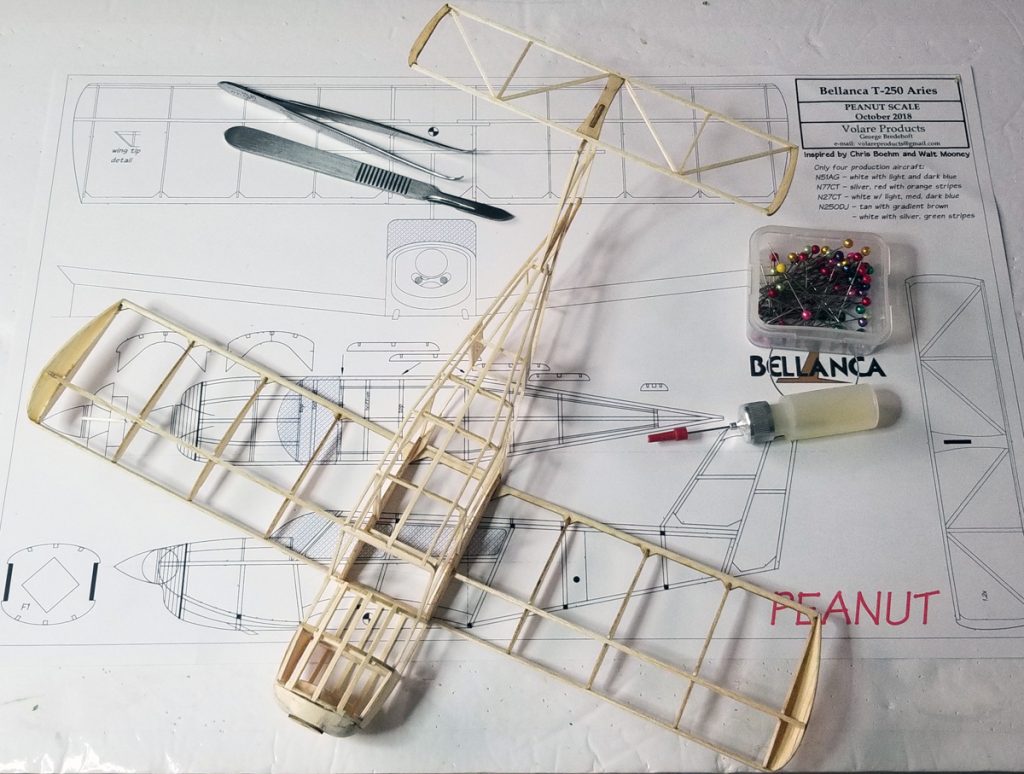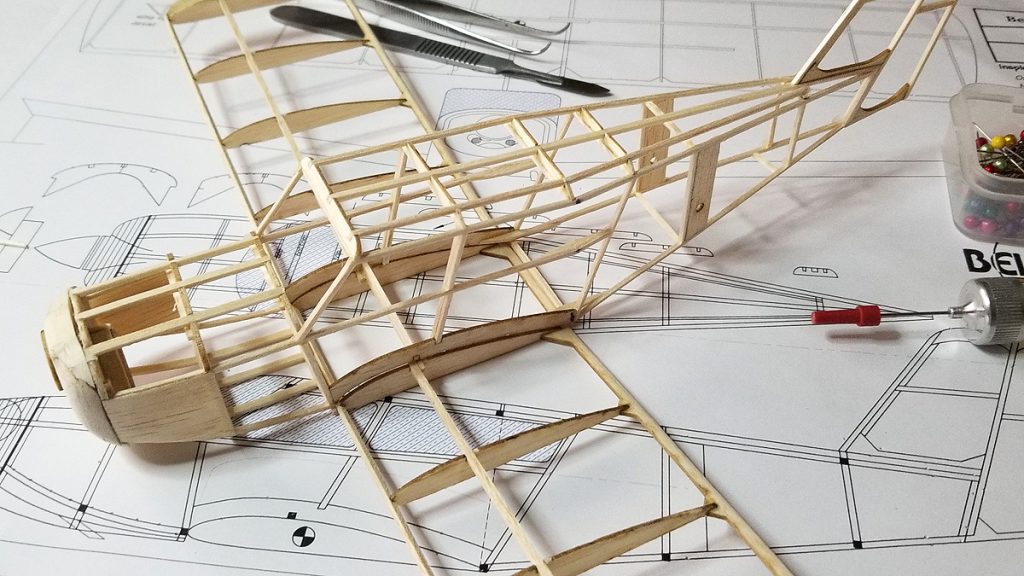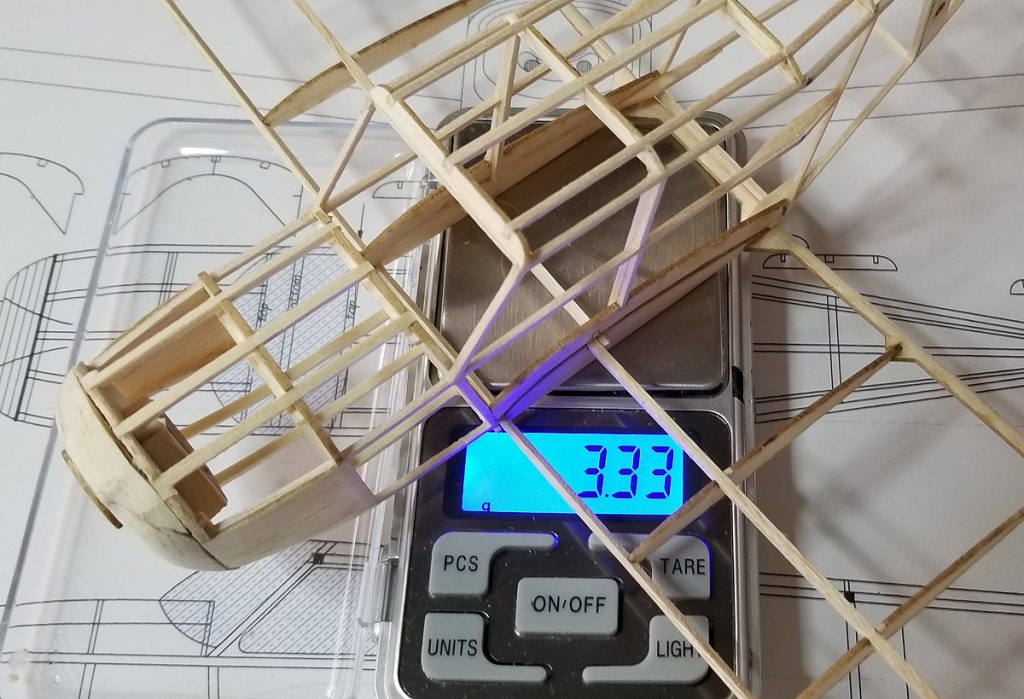If you remember, I had three new planes to test fly (and compete with) at the Cloudbusters’ December Indoor Contest (yesterday – 13 Dec 2018). I build the B.A.T. Monoplane, Phantom Flash (#11), and the Cloud Dancer.
Let’s start with the Cloud Dancer. This is a full kit developed and produced by Mark Freeland of Retro RC. His goal was to produce a good-flying, simple-to-build model for this year’s Science Olympiad event. He has done just that. This model built quickly (an hour or so?) and flew right off the board. Mark could easily hit 2 minutes with his (a lot of testing). Mine put in a 90+ second test flight on like its second flight. I put in one official of 65 seconds (3rd flight) – this was shortened because it flew right up to the rafters, hit them and lost about 50% of its height before recovering. I need to trim it better to reduce climb and increase duration. This model just flat flies (flat – because of the flat wing – haha!)
I recommend this for ANY SciOly team. Why? because it is simple and does not require any fancy or exotic materials. I think many SciOly kit producers lose site of the fact that kids without any knowledge of airplanes build these – they need something simple to build and fly – after all, this is just one of many subjects they are doing in Science Olympiad. The Cloud Dancer is simple and sturdy and flies extremely well.
Next up is my 11th iteration of the Phantom Flash (the previous 10 all flew away outdoors). I built this one explicitly for Indoor flying and it weighs in at 4.5g and flies on a loop of 1/16″ rubber. It still needs tweaking, but will regularly put in flights over 2 minutes. It easily won Phantom Flash yesterday.
Lastly, the B.A.T. Monoplane for Dime Scale. Also built for Indoor – it weighs 9.5g and currently flies on 0.110″ rubber. I needed something that got beyond 70 or 80 seconds, as the competition is flying at this level. This did that, with a best flight of 103 seconds, and I think there is room for longer flights as I try a different size rubber. It was landing with turns, so maybe I need to go just a touch fatter.
I was very happy with the performance of these three new models.

